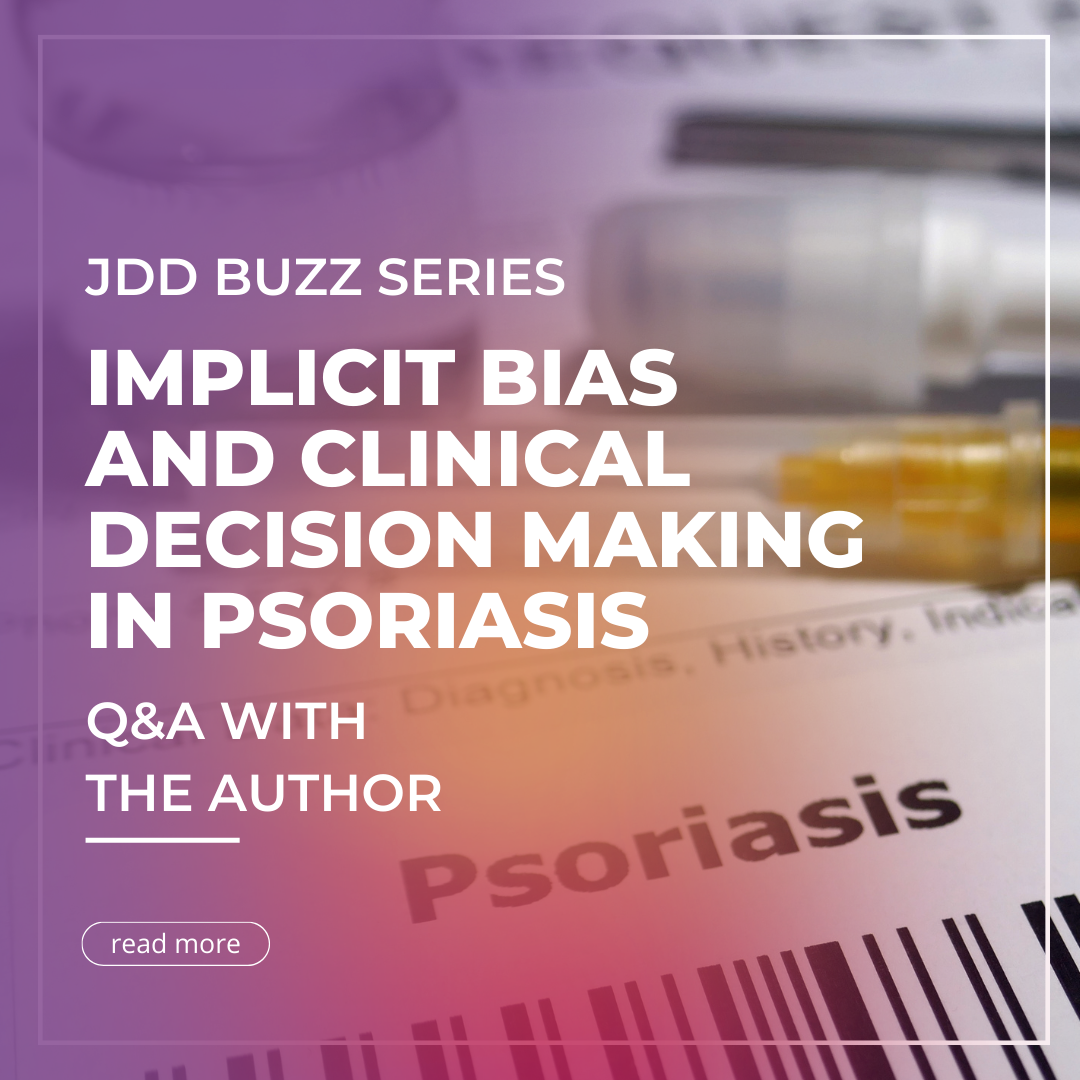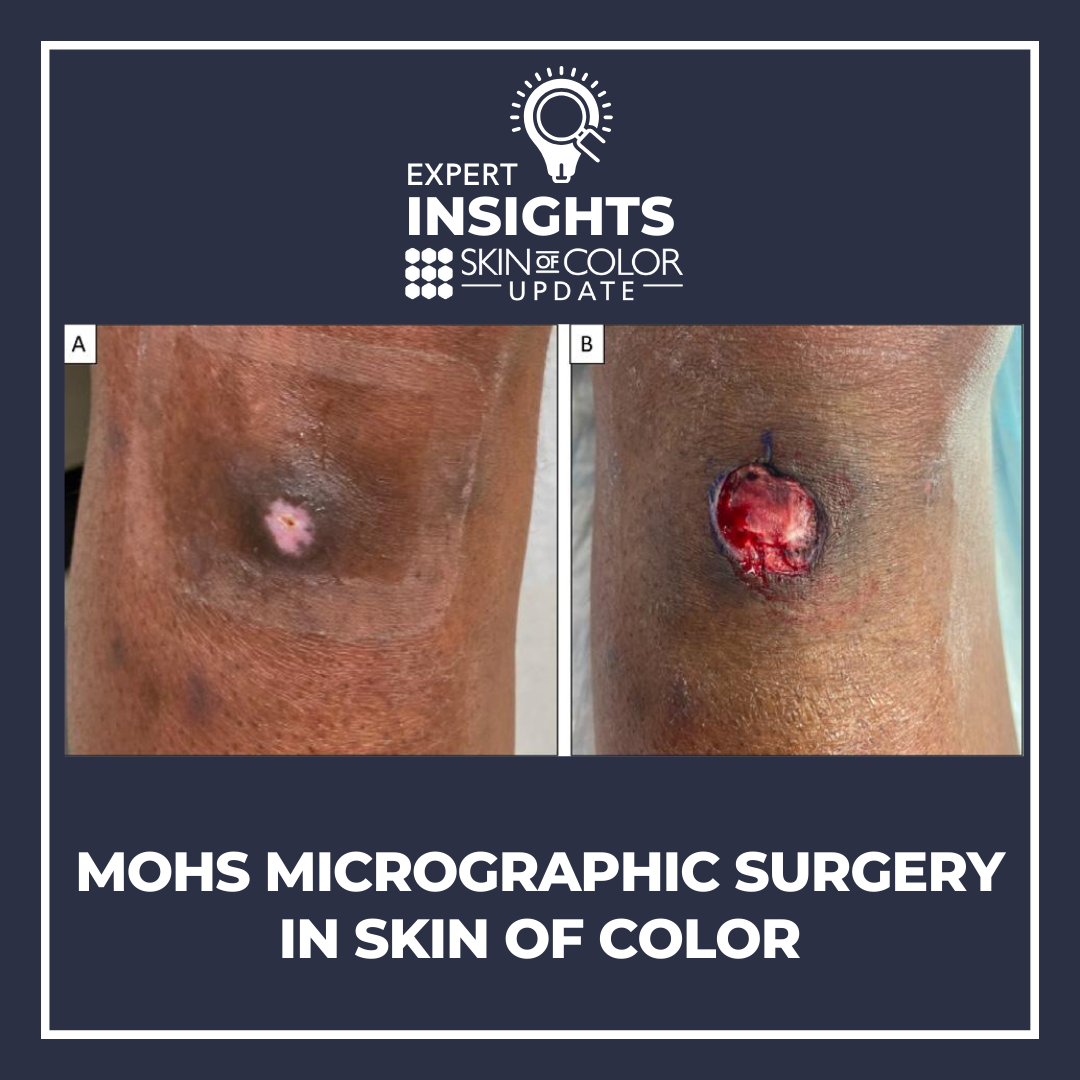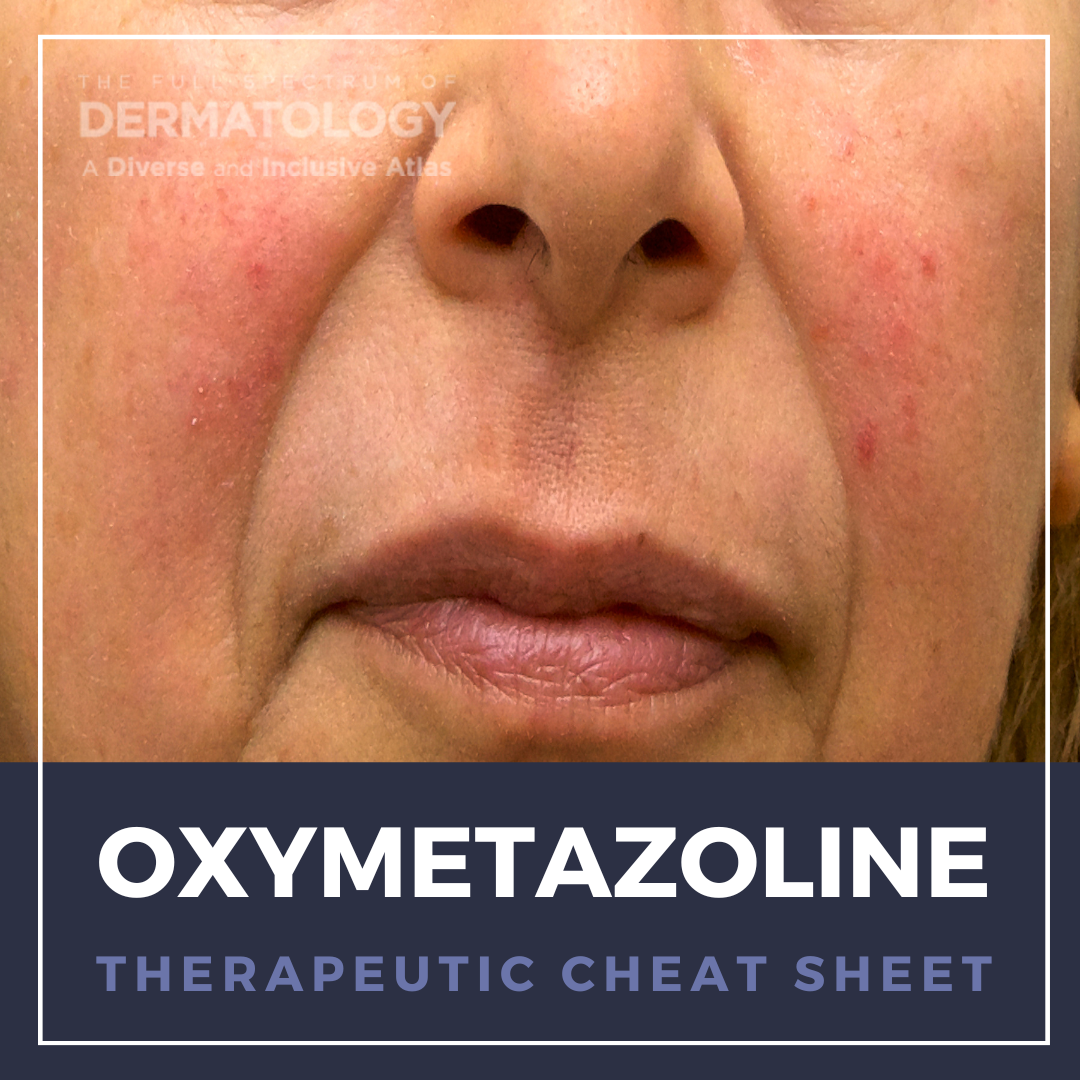JDD Buzz Series: Implicit Bias and Clinical Decision Making in Psoriasis
 Do implicit bias and race-compliance stereotyping impact clinical decision making in psoriasis? A feasibility study published in the February issue of the Journal of Drugs in Dermatology sought to answer this question.
To learn more about the key findings and takeaways, I interviewed one of the authors, Rithu Srikantha, MD, associate professor of dermatology at the Feinberg School of Medicine/N …
Do implicit bias and race-compliance stereotyping impact clinical decision making in psoriasis? A feasibility study published in the February issue of the Journal of Drugs in Dermatology sought to answer this question.
To learn more about the key findings and takeaways, I interviewed one of the authors, Rithu Srikantha, MD, associate professor of dermatology at the Feinberg School of Medicine/N …
 Do implicit bias and race-compliance stereotyping impact clinical decision making in psoriasis? A feasibility study published in the February issue of the Journal of Drugs in Dermatology sought to answer this question.
To learn more about the key findings and takeaways, I interviewed one of the authors, Rithu Srikantha, MD, associate professor of dermatology at the Feinberg School of Medicine/N …
Do implicit bias and race-compliance stereotyping impact clinical decision making in psoriasis? A feasibility study published in the February issue of the Journal of Drugs in Dermatology sought to answer this question.
To learn more about the key findings and takeaways, I interviewed one of the authors, Rithu Srikantha, MD, associate professor of dermatology at the Feinberg School of Medicine/N … Continue reading "JDD Buzz Series: Implicit Bias and Clinical Decision Making in Psoriasis"


 What is the underlying infection in this neonate?
A. Syphilis
B. Leishmania
C. Chlamydia
D. Gonorrhea
E. Tuberculosis
To find out the correct answer and read the explanation, click here. …
What is the underlying infection in this neonate?
A. Syphilis
B. Leishmania
C. Chlamydia
D. Gonorrhea
E. Tuberculosis
To find out the correct answer and read the explanation, click here. …  At the 2023 Skin of Color Update, Dr. David Ciocon, Director of Dermatologic Surgery, Mohs Micrographic Surgery (MMS) and Procedural Dermatology at the Montefiore Medical Center, Albert Einstein College of Medicine, provided a comprehensive exploration of MMS in patients with skin of color, with a focus on defining keratinocyte carcinoma and shedding light on disparities within this patient popula …
At the 2023 Skin of Color Update, Dr. David Ciocon, Director of Dermatologic Surgery, Mohs Micrographic Surgery (MMS) and Procedural Dermatology at the Montefiore Medical Center, Albert Einstein College of Medicine, provided a comprehensive exploration of MMS in patients with skin of color, with a focus on defining keratinocyte carcinoma and shedding light on disparities within this patient popula …  Oxymetazoline is an adrenoreceptor agonist which is FDA-approved for dermatologic conditions including persistent facial erythema in rosacea and blepharoptosis. Functioning primarily as a vasoconstrictor with additional anti-inflammatory properties, oxymetazoline targets the sustained vasodilated state of cutaneous blood vessels in rosacea by inducing vasoconstriction and reducing the persistent f …
Oxymetazoline is an adrenoreceptor agonist which is FDA-approved for dermatologic conditions including persistent facial erythema in rosacea and blepharoptosis. Functioning primarily as a vasoconstrictor with additional anti-inflammatory properties, oxymetazoline targets the sustained vasodilated state of cutaneous blood vessels in rosacea by inducing vasoconstriction and reducing the persistent f …  Next Steps in Derm, in partnership with Skin of Color Update, interviewed Dr. Shari Lipner, director of the Nail Division at the New York-Presbyterian Hospital/Weill Cornell Medical Center. Hear the results of Dr. Lipner’s retrospective study on time to diagnosis in patients with skin of color who have nail psoriasis. Find out why the clinical examination is especially important. Learn how derm …
Next Steps in Derm, in partnership with Skin of Color Update, interviewed Dr. Shari Lipner, director of the Nail Division at the New York-Presbyterian Hospital/Weill Cornell Medical Center. Hear the results of Dr. Lipner’s retrospective study on time to diagnosis in patients with skin of color who have nail psoriasis. Find out why the clinical examination is especially important. Learn how derm …